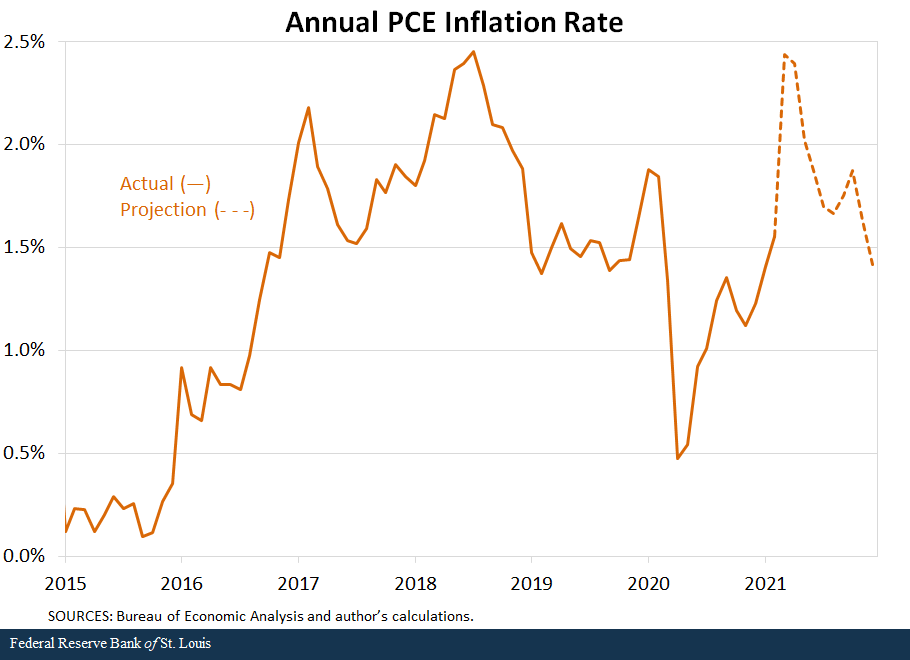
Unraveling Dynamics and Implications: Economic Inflation Trends
Economic inflation, the rise in the general price level of goods and services, is a phenomenon that significantly influences economies worldwide. This article explores the dynamics, causes, and implications of current economic inflation trends, shedding light on the complexities of this economic indicator.
Defining Economic Inflation
Economic inflation is a persistent increase in the average price level of goods and services in an economy over a period. Central banks and policymakers often target a specific inflation rate to maintain price stability and support economic growth. When inflation trends deviate significantly, it can have widespread implications for businesses, consumers, and the overall economic landscape.
Causes of Inflationary Pressures
Several factors contribute to the emergence of inflationary pressures. Demand-pull inflation occurs when aggregate demand exceeds the available supply of goods and services, leading to higher prices. Cost-push inflation, on the other hand, is driven by increased production costs, such as rising wages or input prices. Understanding these causes is essential for formulating effective strategies to address inflationary trends.
Monetary Policy and Inflation Control
Central banks play a crucial role in controlling inflation through monetary policy. Adjusting interest rates and regulating the money supply are common tools used to influence inflationary trends. By tightening or loosening monetary policy, central banks aim to strike a balance between promoting economic growth and preventing excessive inflation.
Impacts on Consumer Purchasing Power
Inflation directly affects consumer purchasing power. When prices rise, the same amount of money buys fewer goods and services. This can lead to a decrease in the standard of living for individuals on fixed incomes or those with limited wage growth. Understanding the impact on consumer purchasing power is vital for policymakers seeking to maintain economic stability.
Business Strategies in Inflationary Environments
Inflationary trends pose challenges for businesses, particularly in managing costs and pricing strategies. Companies may face increased expenses for raw materials and labor, impacting profit margins. Adapting business strategies, such as cost-cutting measures, pricing adjustments, and efficient supply chain management, becomes crucial in navigating inflationary environments.
Global Perspectives on Inflation Trends
Economic inflation is not confined to national borders; it is a global phenomenon. Interconnected economies experience the ripple effects of inflationary trends across regions. Global economic conditions, trade dynamics, and currency exchange rates all play a role in shaping inflation trends on an international scale.
Real versus Nominal Income Considerations
Inflation necessitates a distinction between real and nominal income. Nominal income represents the actual dollar amount received, while real income accounts for inflation’s impact on purchasing power. Analyzing both measures provides a more comprehensive understanding of how inflation influences individuals’ and businesses’ economic well-being.
Long-Term Consequences and Policy Challenges
The long-term consequences of persistent inflation can be substantial. Hyperinflation, characterized by extremely high and typically accelerating inflation, can erode savings and disrupt economic stability. Policymakers face challenges in striking a balance between addressing inflationary pressures and ensuring sustainable economic growth.
Investment and Asset Allocation Strategies
Inflationary environments influence investment and asset allocation strategies. Investors may seek assets that traditionally act as hedges against inflation, such as real estate, commodities, or Treasury Inflation-Protected Securities (TIPS). Understanding the relationship between inflation trends and investment strategies is crucial for optimizing portfolios.
Navigating Economic Inflation Trends: A Holistic Approach
For comprehensive insights into economic inflation trends and their implications, visit dataharza.my.id. Stay informed about the latest analyses, policy developments, and strategies for navigating the complexities of inflationary environments.
In conclusion, economic inflation trends are multifaceted, impacting various aspects of economies globally. From the causes and consequences to the strategies employed by businesses and policymakers, a holistic understanding is essential for addressing inflationary challenges and fostering sustainable economic growth.



